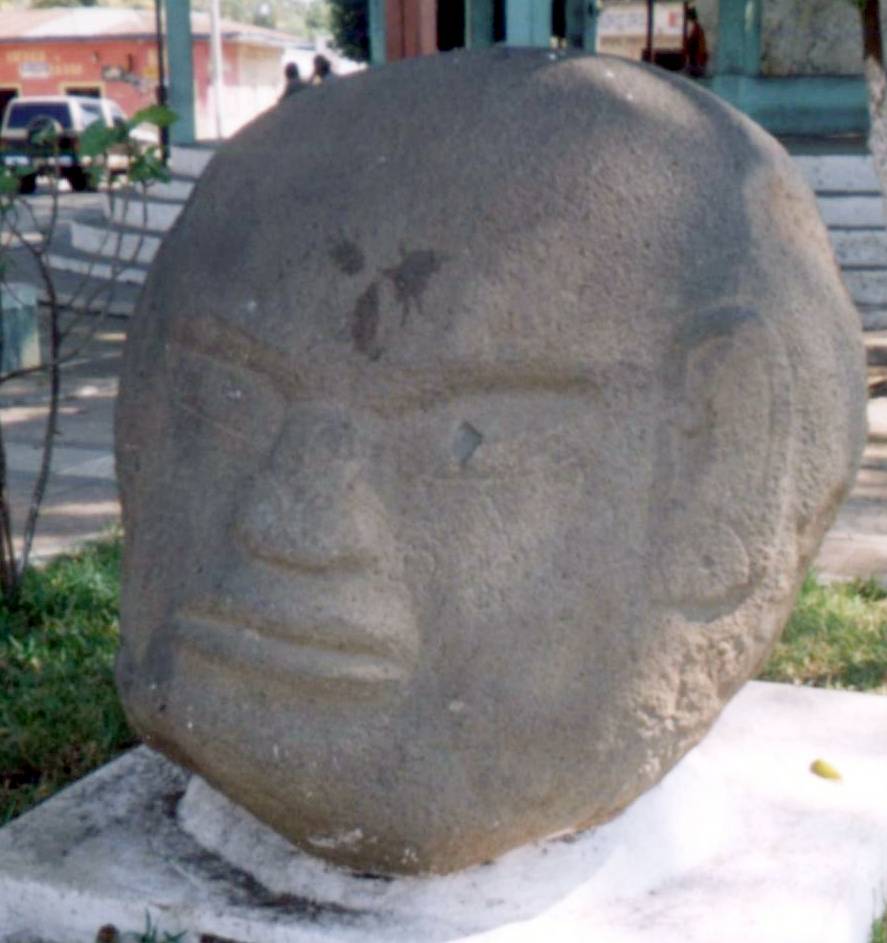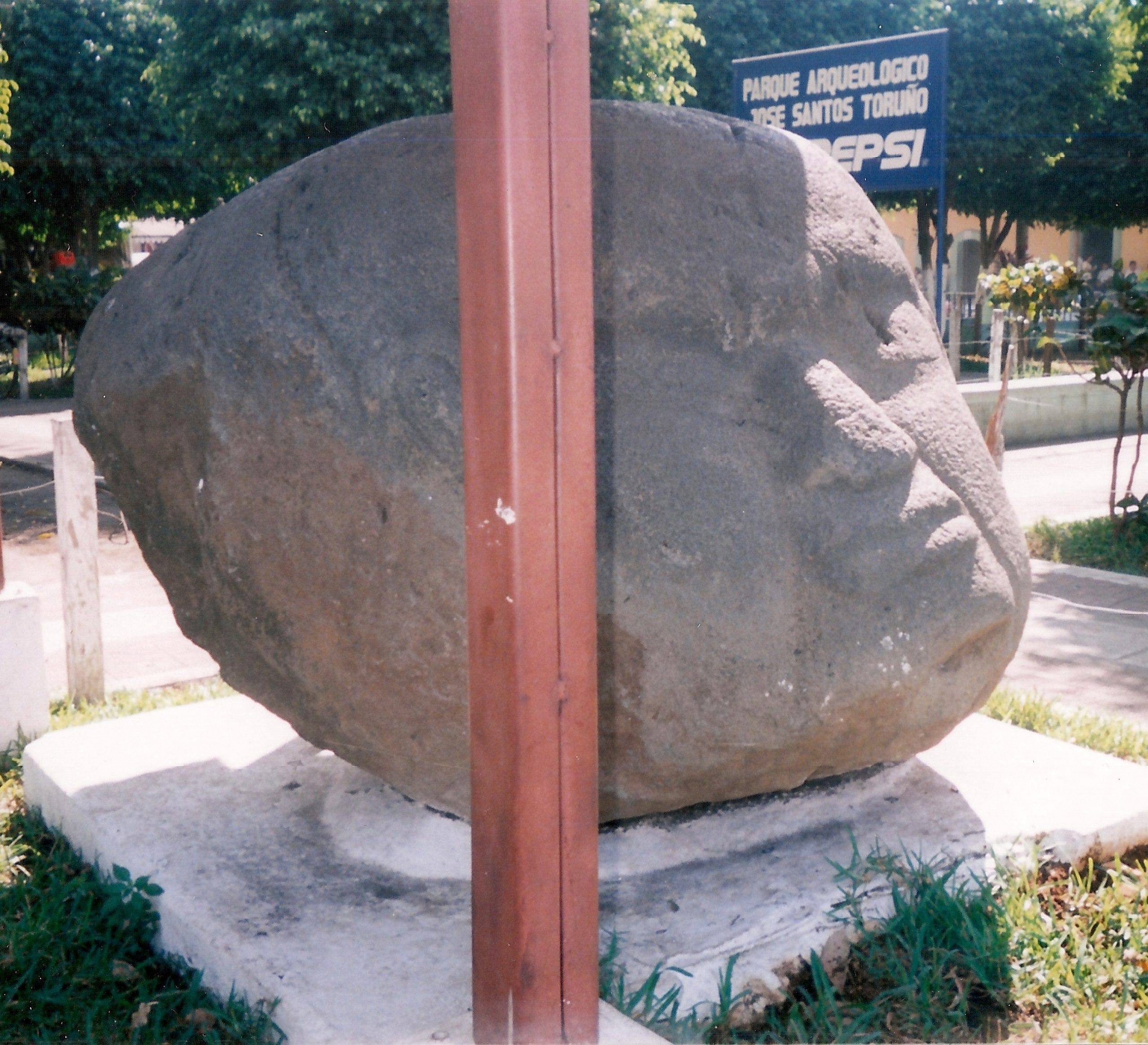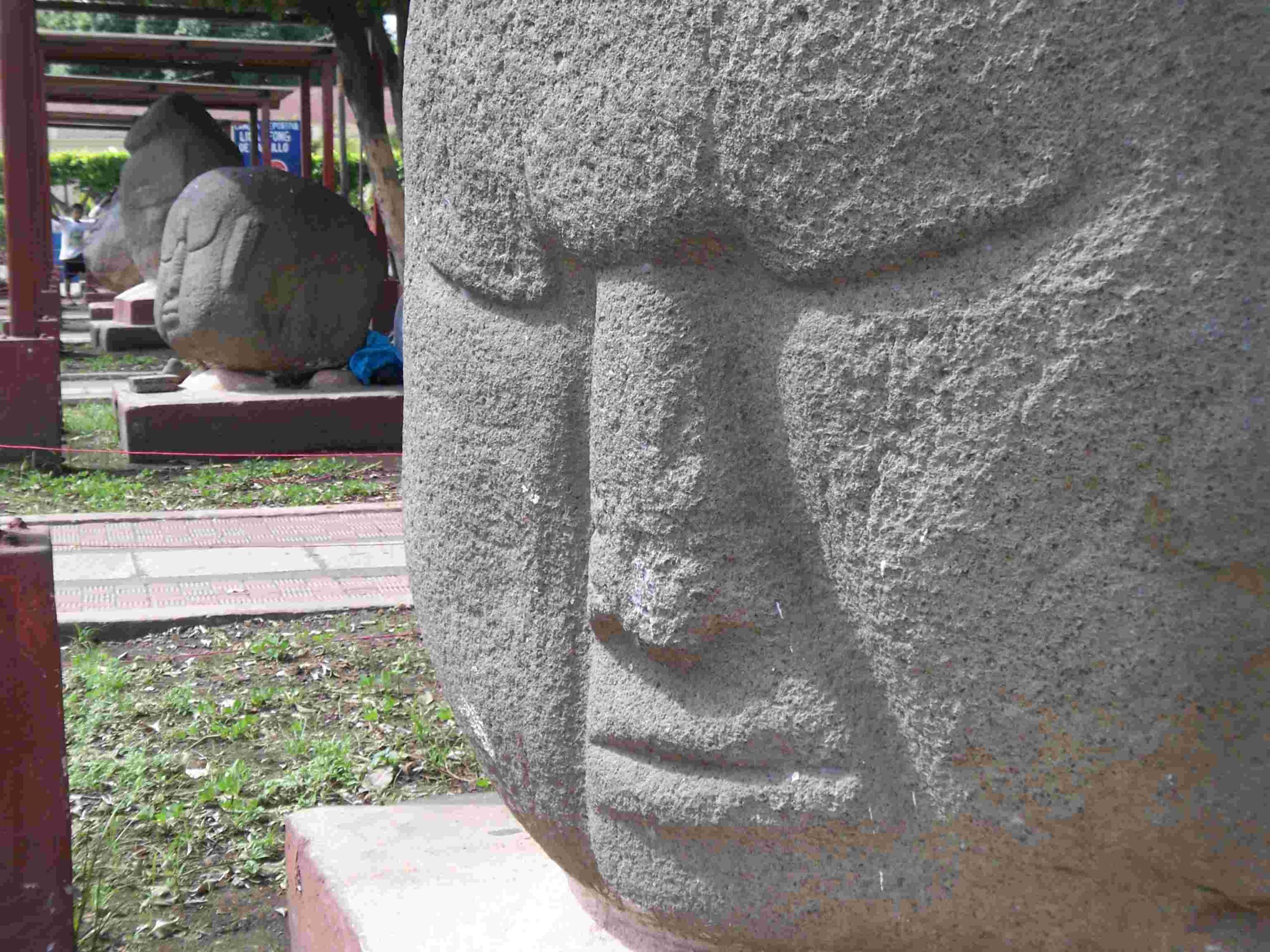The Enigmatic Stone Heads of Monte Alto: A Glimpse into Preclassic Mesoamerica
The Pacific Coast of Guatemala, a region rich in archaeological heritage, has long fascinated scholars and enthusiasts alike with its diverse array of ancient sculptures and monuments. Among these, the Monte Alto site stands out for its unique contributions to our understanding of Preclassic Mesoamerican civilization. This blog post delves into the history, art, and astronomical significance of Monte Alto, shedding light on its role in the broader cultural landscape of ancient Mesoamerica.
Get your dose of History via Email
History
Monte Alto, located approximately 20 km southeast of Santa Lucía Cotzumalguapa in Escuintla, Guatemala, presents evidence of human occupation as early as 1800 BC. Despite its early beginnings, the site’s prominence peaked during the Late Preclassic period (400 BC to AD 200), when it emerged as a significant regional center. The site boasts 45 major structures, including a towering 20 m high pyramid, indicative of its importance in the region. The Monte Alto Culture is recognized as one of the oldest in Mesoamerica, potentially predating the Olmec civilization.

Art
The art of Monte Alto is characterized by its monumental stone sculptures, including more than a dozen tabular-shaped stone stelae and three stone altars. Two primary styles of sculpture are evident at the site: one representing human heads and the other, human bodies. These sculptures, often referred to as “potbellies” due to their corpulent appearance, are thought to depict male figures. Crafted from large, rounded basaltic boulders, these figures are notable for their crude yet expressive forms.
Alignments
Astronomical alignments play a significant role in the layout and orientation of Monte Alto’s monuments. Fifteen plain stelae were recorded at the site, with one particular alignment of three large stelae erected in a north-south line believed to serve astronomical purposes. This alignment was likely used to record days and the position of the sun for agricultural purposes. Notably, the azimuth from the principal pyramid to the south stela marked the winter solstice on December 21, while the sun rose over the central stela on February 19, coinciding with the eastern elongation of the Eta Draconis star during the Late Preclassic period.

Magnetism
An intriguing aspect of the Monte Alto sculptures is their magnetic properties. Certain sculptures exhibit distinctive patterns of magnetism, suggesting that their creators were aware of these properties and intentionally incorporated them into their work. This discovery positions the Monte Alto sculptures as potentially the oldest known magnetic artifacts in the world. The magnetic properties found in both the heads and bodies of these sculptures are unlikely to be coincidental, indicating a sophisticated understanding of magnetism among the ancient artisans of Monte Alto.

Contemporary Sites
Monte Alto was contemporaneous with several other significant Preclassic sites in Mesoamerica, including Chiapa de Corzo, Izapa, Abaj Takalik, and El Baul, as well as highland communities such as Kaminaljuyu and Chalchuapa. The interactions and cultural exchanges between these sites during the Preclassic period remain a subject of ongoing research and debate among archaeologists.
In conclusion, the Monte Alto site offers invaluable insights into the cultural, artistic, and astronomical practices of Preclassic Mesoamerica. Its unique stone sculptures, astronomical alignments, and magnetic properties contribute to our understanding of the complexity and sophistication of ancient Mesoamerican civilizations. As research continues, Monte Alto will undoubtedly continue to reveal new facets of its rich heritage, deepening our appreciation for the ancient peoples who once inhabited this region.

